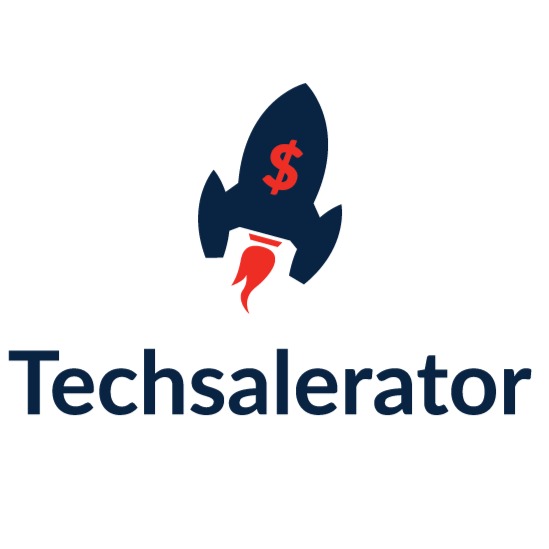
Top Transcription Data Providers
Understanding Transcription Data
Transcription Data is generated through manual or automated transcription processes. Manual transcription involves human transcribers listening to audio recordings and typing out the spoken content verbatim. Automated transcription utilizes speech recognition technology to automatically transcribe audio or video recordings into text. Transcription Data can vary in quality and accuracy depending on the transcription method used and the complexity of the audio content.
Components of Transcription Data
Transcription Data comprises several key components essential for converting spoken language into written text:
- Audio or Video Recordings: The source material containing the spoken content that needs to be transcribed, which can include interviews, meetings, lectures, phone calls, podcasts, and videos.
- Text Transcripts: The output of the transcription process, consisting of written text that accurately reflects the spoken content of the audio or video recordings.
- Timestamps: Timestamps indicating the start and end times of each spoken segment within the transcription, facilitating navigation and reference to specific points in the audio or video recordings.
- Speaker Identification: Identification of different speakers or participants in the transcription, enabling differentiation of voices and attribution of spoken content to specific individuals or entities.
- Quality Assurance: Evaluation and verification of the transcription accuracy and completeness to ensure that the transcribed text reflects the original spoken content with minimal errors or omissions.
Top Transcription Data Providers
- Leadniaga : Leadniaga offers advanced transcription data services, utilizing both manual and automated transcription methods to deliver accurate and reliable transcriptions for various industries and use cases. Their platform ensures high-quality transcriptions with fast turnaround times, customizable options, and advanced features such as speaker identification and timestamping.
- Rev: Rev is a leading provider of transcription and captioning services, offering human-powered transcription and automated speech recognition technology to transcribe audio and video content accurately and efficiently. Their platform provides fast, affordable, and scalable transcription solutions for businesses, researchers, and content creators.
- TranscribeMe: TranscribeMe specializes in automated transcription services, leveraging proprietary speech recognition algorithms to transcribe audio and video recordings quickly and accurately. Their platform offers customizable transcription options, including timestamps, speaker identification, and specialized transcription templates for different industries.
- GMR Transcription: GMR Transcription provides professional transcription services for businesses, academic institutions, and healthcare organizations, delivering accurate and confidential transcriptions for a wide range of audio and video content. Their platform offers secure file transfer, quality assurance processes, and specialized transcription solutions tailored to specific industry needs.
- Speechpad: Speechpad offers transcription and translation services for businesses, media companies, and market researchers, utilizing a global network of professional transcribers and translators to deliver high-quality transcriptions in multiple languages and dialects. Their platform offers flexible pricing options, fast turnaround times, and customizable transcription formats.
Importance of Transcription Data
Transcription Data plays a crucial role in various industries and applications:
- Accessibility: Provides access to spoken content for individuals with hearing impairments or language barriers, enabling them to engage with audio or video content in a written format.
- Searchability: Facilitates easy search and retrieval of specific information within audio or video recordings, allowing users to quickly find relevant content based on keywords or topics.
- Analysis: Enables quantitative and qualitative analysis of spoken content, such as sentiment analysis, topic modeling, and content categorization, to extract valuable insights and trends.
- Documentation: Serves as a permanent record of spoken communication, meetings, interviews, or events, allowing for documentation, archiving, and reference purposes.
Applications of Transcription Data
Transcription Data finds applications across various industries and use cases:
- Market Research: Transcribing interviews, focus groups, or customer feedback sessions for analysis and insights into consumer preferences, opinions, and trends.
- Legal Documentation: Transcribing court proceedings, depositions, or legal interviews for documentation, evidence, and case preparation in legal proceedings.
- Healthcare Records: Transcribing medical dictations, patient consultations, or clinical notes for electronic health records (EHR) and medical documentation purposes.
- Media and Entertainment: Transcribing podcasts, videos, or broadcast content for closed captioning, subtitling, or content indexing for SEO purposes.
- Academic Research: Transcribing lectures, interviews, or research interviews for qualitative analysis, data coding, and scholarly publications.
Conclusion
In conclusion, Transcription Data plays a vital role in converting spoken language into written text for various industries and applications. With leading providers like Leadniaga and others offering advanced transcription services, businesses, researchers, and organizations can leverage transcription data to access, analyze, and document spoken content effectively. By harnessing the power of transcription data, stakeholders can unlock valuable insights, improve accessibility, and enhance communication in a wide range of contexts, contributing to increased efficiency, productivity, and innovation.
Our Datasets are integrated with :



10,000+ Satisfied Data Customers including :








